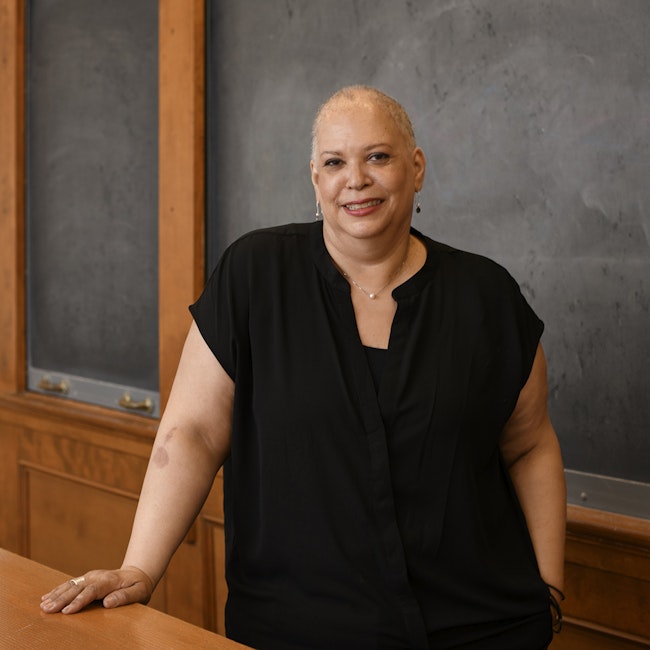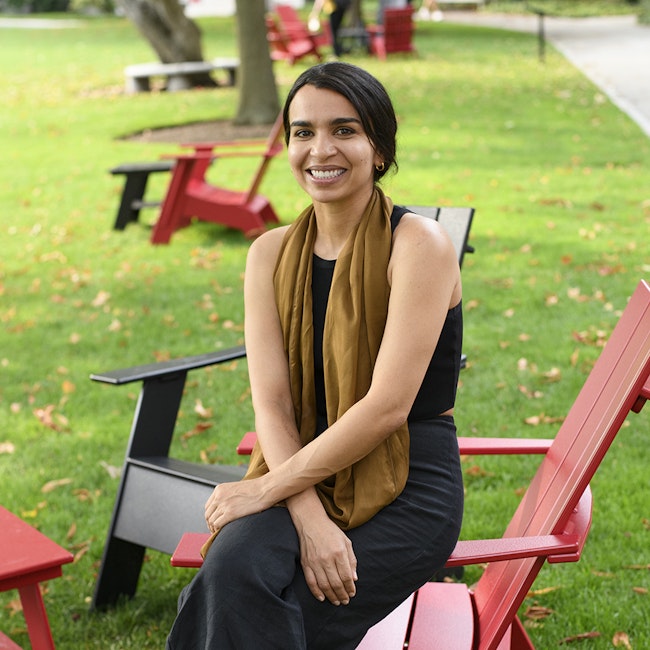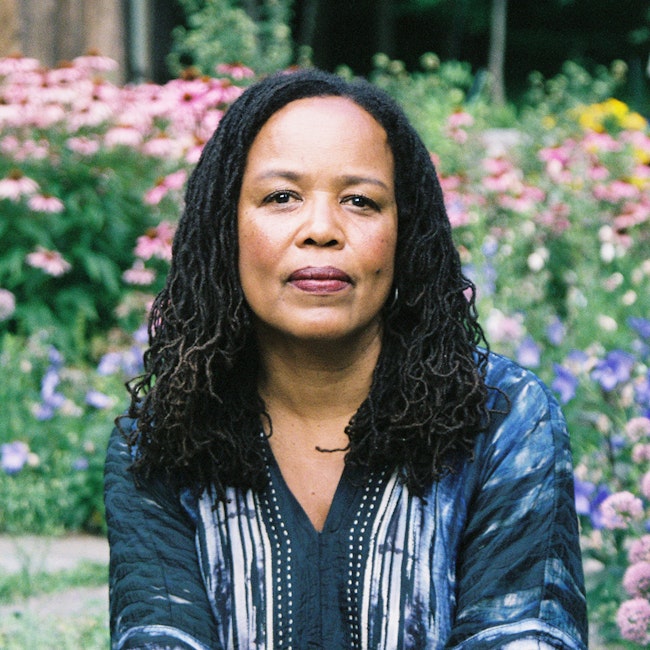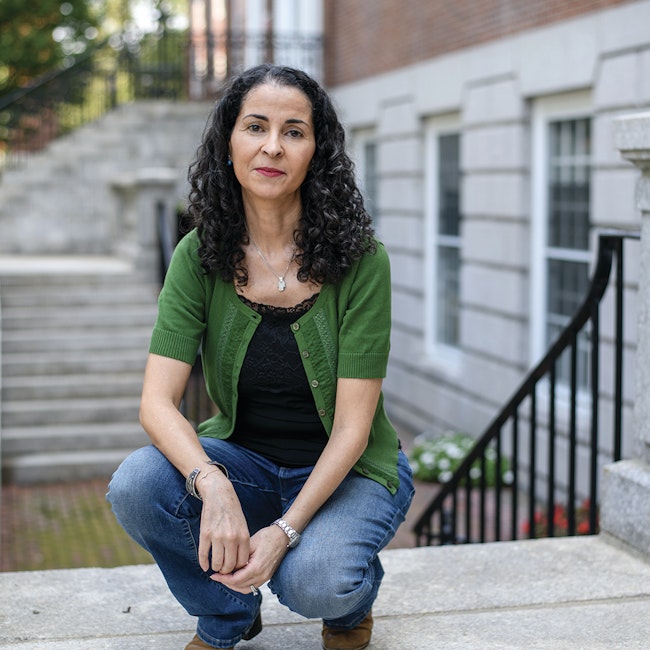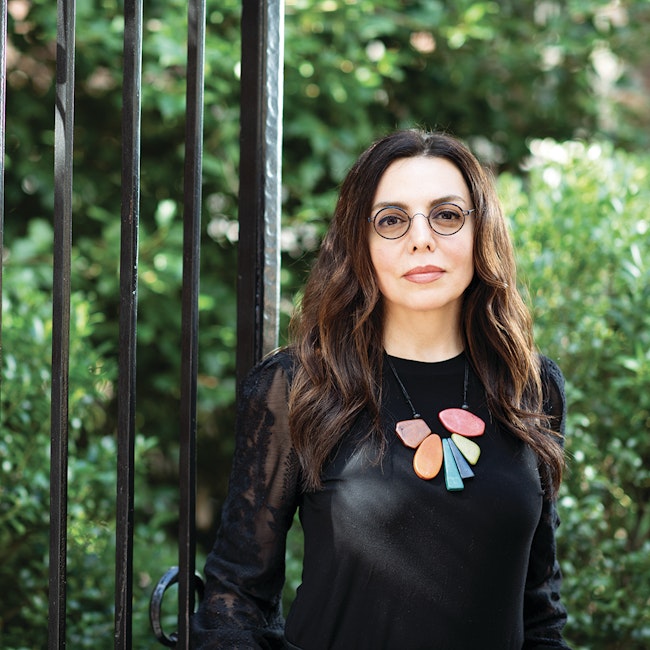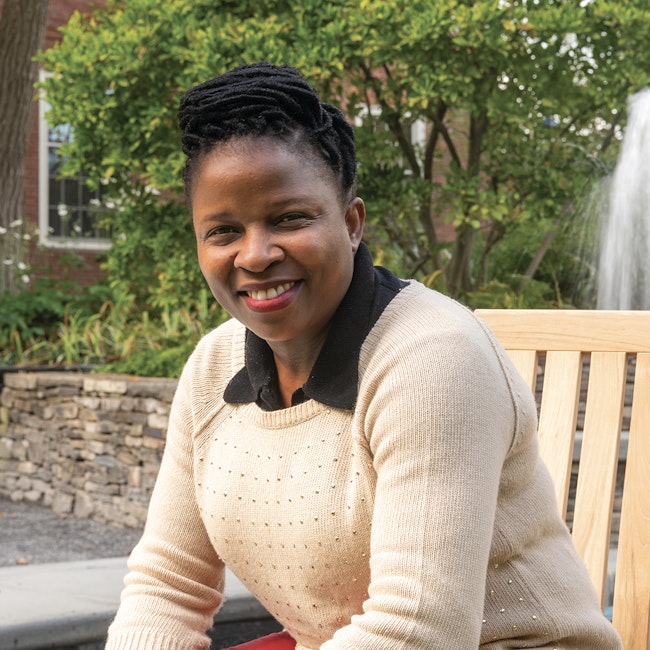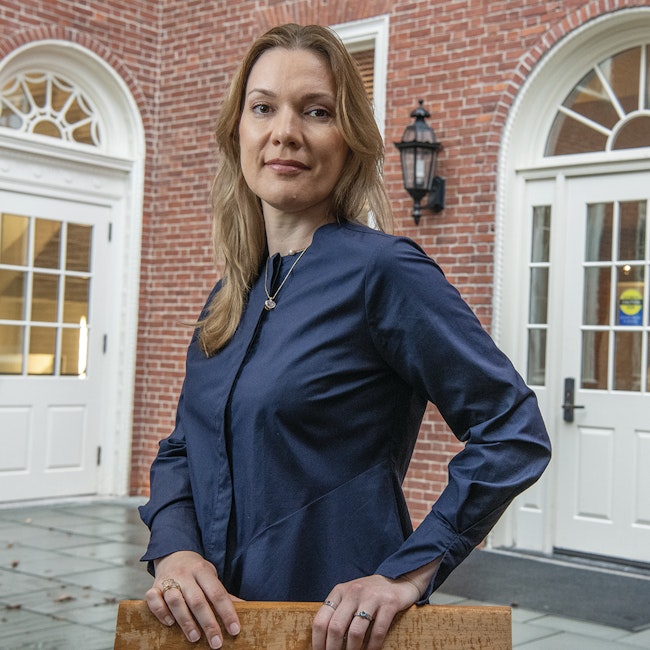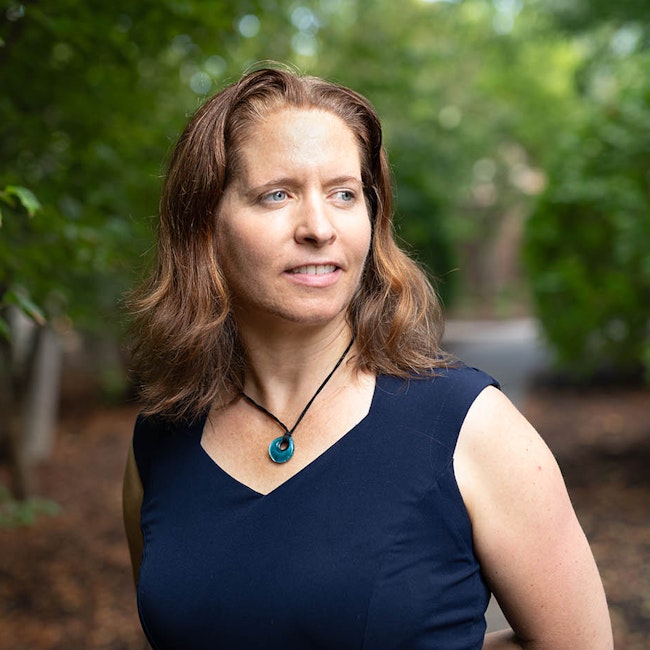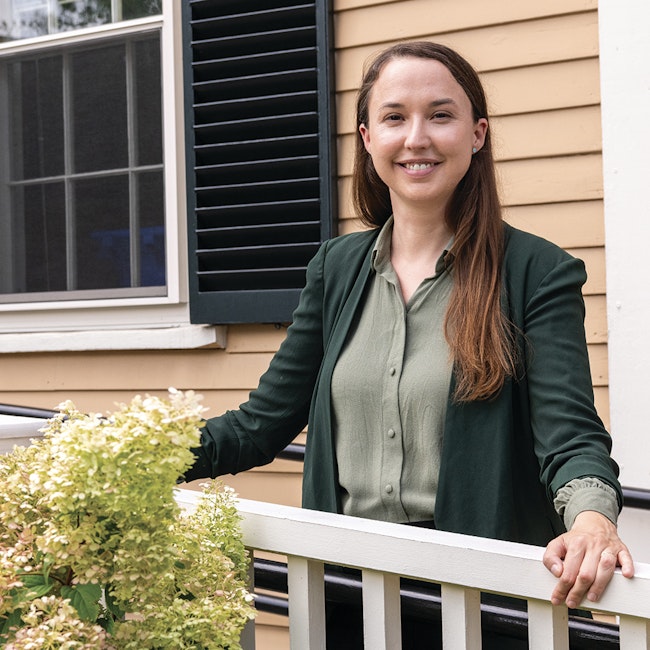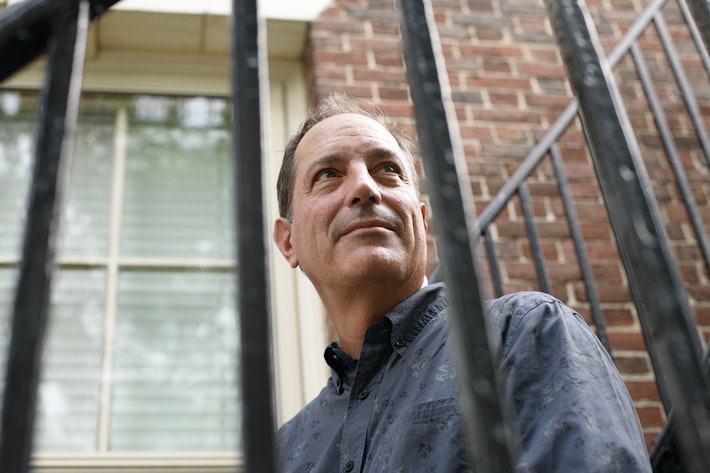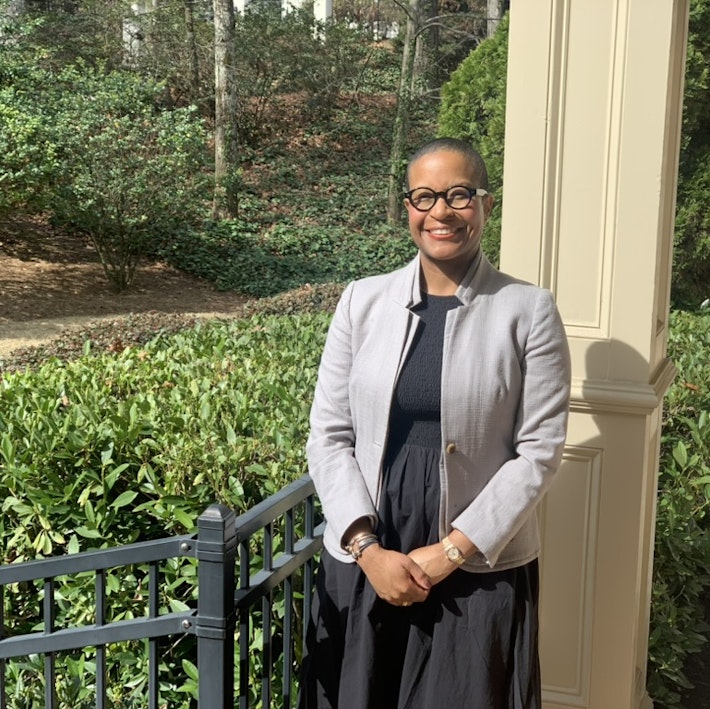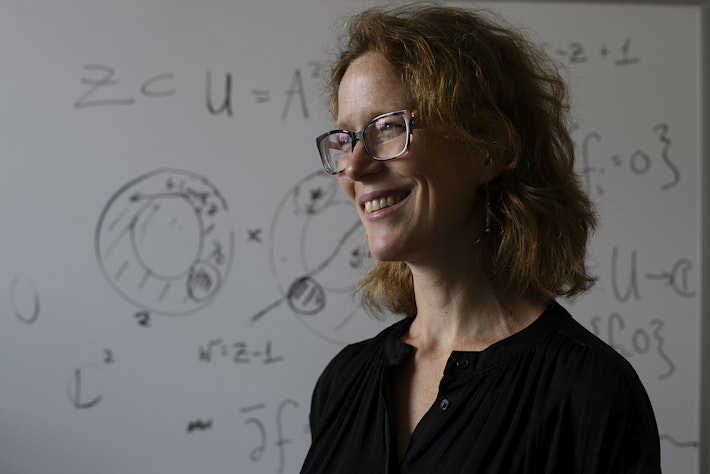Elizabeth Cary Agassiz
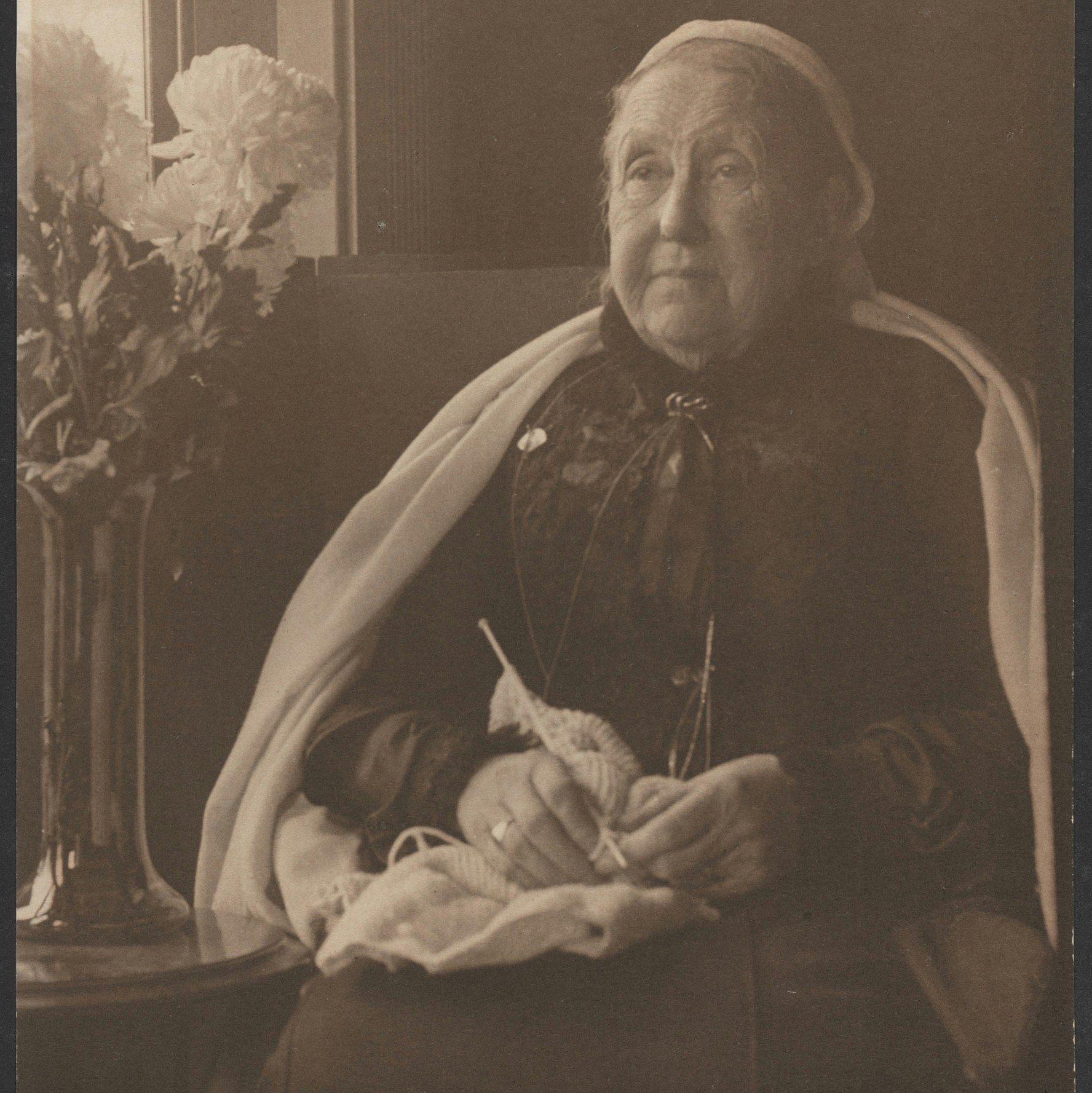
Born in Boston to a prominent family, Elizabeth Cary Agassiz was educated at home. In 1879 she became chair of the Committee of Seven Lady Managers who, with the approval of Harvard’s president, put forth a plan to provide education equal to a Harvard College degree to qualified young women ready to pursue a course of study in Cambridge. The plan was called the Private Collegiate Instruction for Women, and the ensuing organization came to be known as the “Harvard Annex.” In 1882 the Annex was incorporated as the Society for the Collegiate Instruction of Women, and Agassiz became its first president.
Agassiz’s social connections, Harvard connections, and experience in education made her well suited for the position. Earlier in her life, Agassiz had welcomed girls to a school in her home, where Harvard faculty—including her husband, the Harvard scientist Louis Agassiz—provided lectures in several disciplines. The school drew students from Boston and beyond but closed at the start of the Civil War.
Successful from the start, the Harvard Annex offered college instruction, with Harvard professors teaching classes. In 1884 Agassiz, a gifted fundraiser, helped secure an endowment to present to Harvard in the hopes of establishing a permanent relationship. Harvard declined the offer.
After 10 years of an Agassiz presidency, during which the College had grown to more than 200 students, the Annex tried again to merge with Harvard, offering Harvard all of its real estate and $150,000. Fearing coeducation, Harvard refused again. In 1894 Radcliffe College was chartered. The institutional mission set forth therein included not only instruction by Harvard professors, but also “authorized [the College] generally to furnish instruction and the opportunities of collegiate life to women, and to promote their higher education.” Around that time, Agassiz purchased the property surrounding Radcliffe Yard as well as Fay House, which remains today as a center of administration for the Radcliffe Institute.
In 2001 when Harvard President Drew Gilpin Faust was dean of the Radcliffe Institute, she wrote in Mingling Promiscuously: A History of Women and Men at Harvard that Agassiz firmly believed “the College over which she presided was a temporary expedient and that women would soon be admitted as full students to Harvard. She would have more than a century to wait.”
